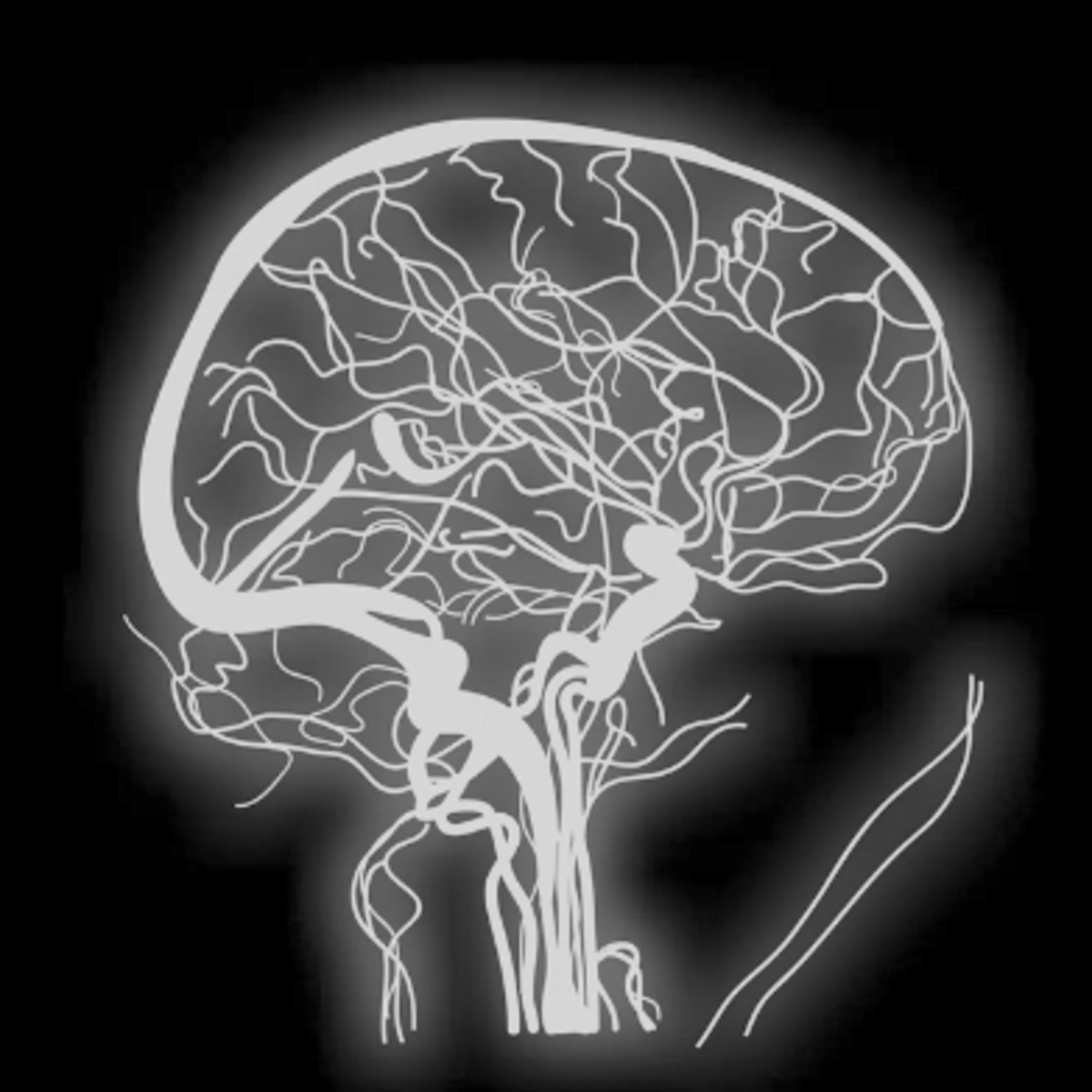
Neuroimaging methods are used with increasing frequency in clinical practice and basic research. Designed for students and professionals, this course will introduce the basic principles of neuroimaging methods as applied to human subjects research and introduce the neuroscience concepts and terminology necessary for a basic understanding of neuroimaging applications. Topics include the history of neuroimaging, an introduction to neuroimaging physics and image formation, as well as an overview of different neuroimaging applications, including functional MRI, diffusion tensor imaging, magnetic resonance spectroscopy, perfusion imaging, and positron emission tomography imaging. Each will be reviewed in the context of their specific methods, source of signal, goals, and limitations. The course will also introduce basic neuroscience concepts necessary to understand the implementation of neuroimaging methods, including structural and functional human neuroanatomy, cognitive domains, and experimental design.
What's inside
Syllabus
Structural Neuroanatomy of the Human Brain
This week will introduce basic terminology in neuroscience and structural neuroanatomy of the human brain.
Read more
Syllabus
Good to know
Save this course
Reviews summary
Neuroimaging essentials
Activities
Participate in peer discussions on neuroimaging
Show steps
Engage with peers to discuss neuroimaging concepts, share insights, and clarify your understanding through collaborative learning.
Show steps
-
Join or create a peer study group
-
Prepare for discussions by reviewing materials
-
Actively participate in discussions
-
Share your perspectives and ask questions
Seek guidance from a neuroimaging expert
Show steps
Enhance your learning by connecting with a neuroimaging expert who can provide personalized guidance, answer your questions, and share valuable insights.
Show steps
-
Identify potential mentors in the field
-
Reach out and introduce yourself
-
Arrange regular meetings or communication
-
Seek advice and guidance on neuroimaging topics
-
Attend their presentations or workshops
Volunteer at a neuroimaging research lab
Show steps
Gain practical experience and contribute to the field by volunteering at a neuroimaging research lab, observing research practices and interacting with professionals.
Show steps
-
Identify a neuroimaging research lab
-
Inquire about volunteer opportunities
-
Attend lab meetings and presentations
-
Assist with research tasks as appropriate
-
Network with researchers and learn about their work
Show all three activities
Participate in peer discussions on neuroimaging
Show steps
Engage with peers to discuss neuroimaging concepts, share insights, and clarify your understanding through collaborative learning.
Show steps
- Join or create a peer study group
- Prepare for discussions by reviewing materials
- Actively participate in discussions
- Share your perspectives and ask questions
Seek guidance from a neuroimaging expert
Show steps
Enhance your learning by connecting with a neuroimaging expert who can provide personalized guidance, answer your questions, and share valuable insights.
Show steps
- Identify potential mentors in the field
- Reach out and introduce yourself
- Arrange regular meetings or communication
- Seek advice and guidance on neuroimaging topics
- Attend their presentations or workshops
Volunteer at a neuroimaging research lab
Show steps
Gain practical experience and contribute to the field by volunteering at a neuroimaging research lab, observing research practices and interacting with professionals.
Show steps
- Identify a neuroimaging research lab
- Inquire about volunteer opportunities
- Attend lab meetings and presentations
- Assist with research tasks as appropriate
- Network with researchers and learn about their work
Career center
Neuroimaging Engineer
Neuroimaging Data Analyst
Neuroimaging Researcher
Neuroscientist
Neurologist
Psychiatrist
Medical Physicist
Biomedical Engineer
Neuropsychologist
Speech-Language Pathologist
Occupational Therapist
Physical Therapist
Prosthetist
Orthotist
Rehabilitation Counselor
Reading list
Share
Similar courses
OpenCourser helps millions of learners each year. People visit us to learn workspace skills, ace their exams, and nurture their curiosity.
Our extensive catalog contains over 50,000 courses and twice as many books. Browse by search, by topic, or even by career interests. We'll match you to the right resources quickly.
Find this site helpful? Tell a friend about us.
We're supported by our community of learners. When you purchase or subscribe to courses and programs or purchase books, we may earn a commission from our partners.
Your purchases help us maintain our catalog and keep our servers humming without ads.
Thank you for supporting OpenCourser.



